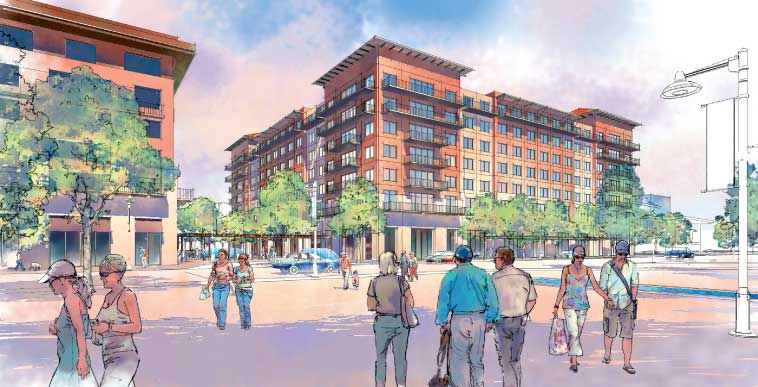The thought did occur to me when I read about some young Amarillo residents speaking on behalf of downtown development efforts: did someone put them up to this?
A friend of mine wondered the same thing, he said so publicly, and then encouraged me — after I posted a positive-sounding blog essay about the kids’ testimony — to “stop being so naïve.”
Then the thought occurred to me: so what if they were?
The young people told the Amarillo City Council that the city should proceed with efforts to remake downtown. They spoke in support of the multipurpose event venue, of efforts to reshape Polk Street, of designs to bring more entertainment downtown, adding to the district pizzazz factor.
The more pertinent question might be: do they believe what they’re saying?
I don’t recall anyone asking them if they actually believe in the $100-plus million project and the hotel-motel tax funding mechanism built into it.
I’ll continue to give them — and this project — the benefit of the doubt. I like the concept that’s been laid out and I think it has the potential of being an enormous success over the long term.
If these young people didn’t actually want downtown Amarillo to prosper, no amount of cajoling or coercion is going to persuade them to put such views on the record.
Why not, then, just accept the young men and women at their word?
Unless someone can prove beyond a doubt that something nefarious went on — such as money changing hands — I’ll believe the young people meant what they said.
